Anonymous / Unknown
9 / 141
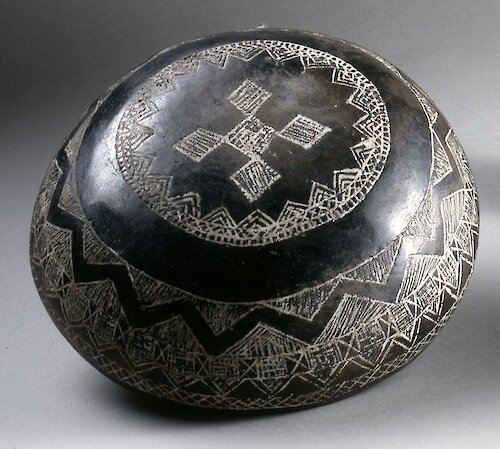
Bowl
by Anonymous / Unknown
- Medium
- Earthenware
- Dimensions
- 21 x 7.8 cm (8 1/4 x 3 1/16 in.)
- Credits
- Acquired by Archer M. Huntington for the Hispanic Society, 1911. Hispanic Society of America. All rights reserved
- Notes
Ca. 2400-1900 BC. Bell Beaker culture, El Acebuchal, Carmona, Seville
- Location
- Hispanic Society Museum and Library
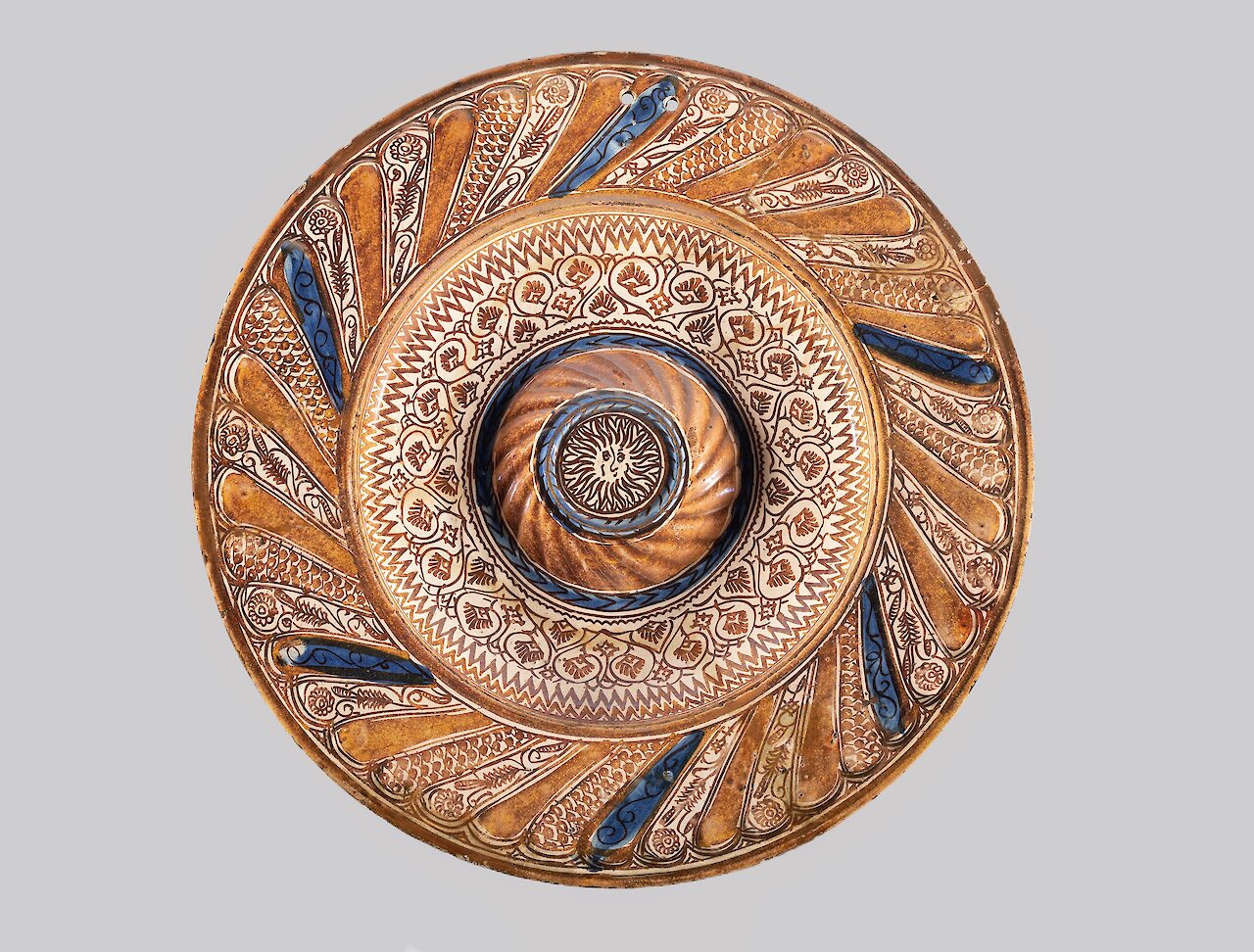
Lusterware platter
by Anonymous / Unknown
- Medium
- Glazed earthenware
- Dimensions
- Height: 2 1/4 in (5.7 cm); diameter: 19 in (48.3 cm)
- Credits
- San Antonio Museum of Art, Gift of Mrs. Brooke F. Dudley and Mrs. Charles Best, 99.33. Image courtesy of the San Antonio Museum of Art; photo by Joel Salcido
- Location
- San Antonio Museum of Art
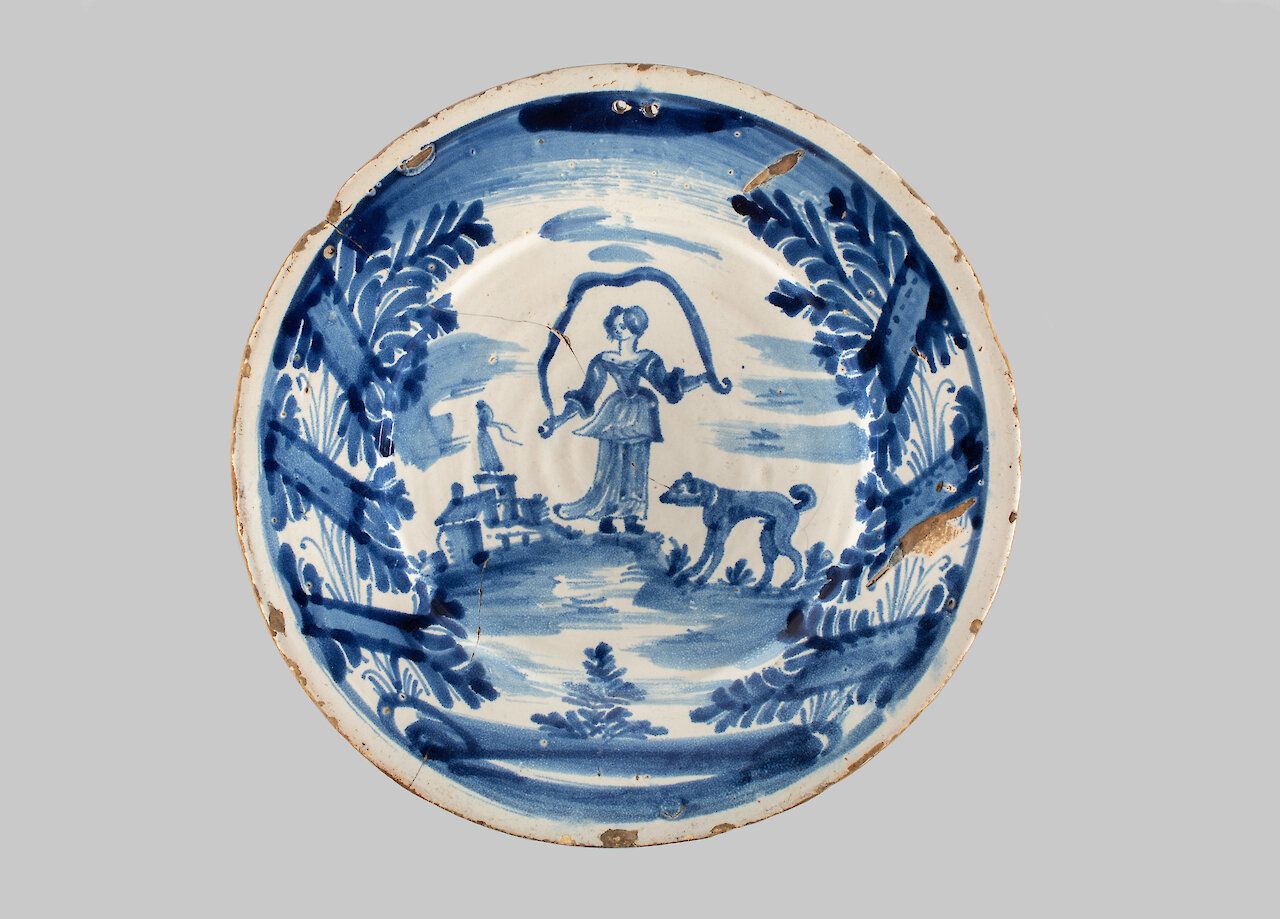
Platter
by Anonymous / Unknown
- Medium
- Earthenware with tin glaze
- Dimensions
- Height: 3 1/8 in (7.9 cm); diameter: 15 in (38.1 cm)
- Credits
- San Antonio Museum of Art, Gift of the Estate of Ellen M. Slayden, 26.1328. Image courtesy of the San Antonio Museum of Art; photo by Joel Salcido
- Location
- San Antonio Museum of Art
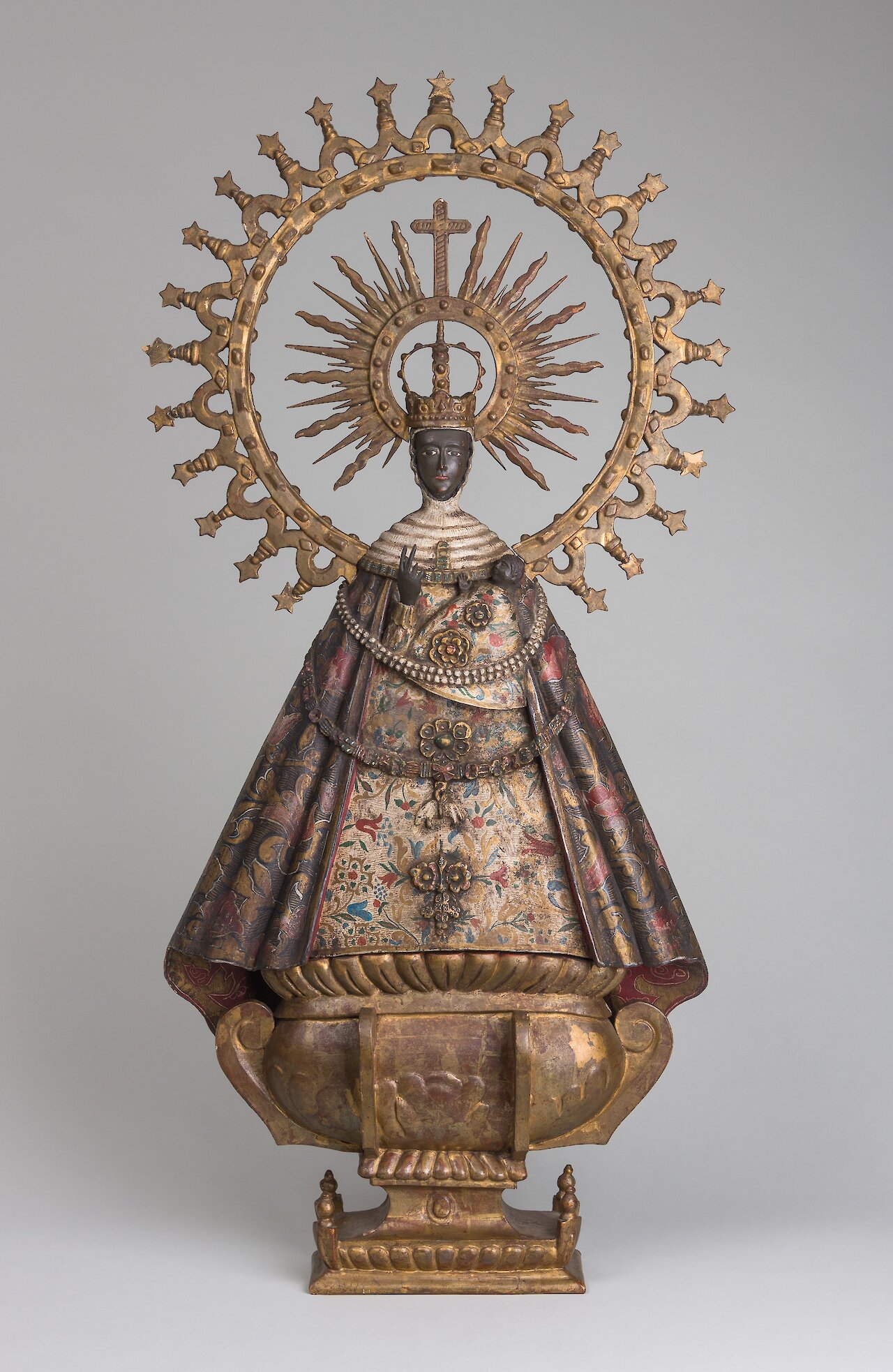
Our Lady of Guadalupe
by Anonymous / Unknown
- Medium
- Polychromed wood
- Dimensions
- Height: 41 1/2 in (105.4 cm); width: 21 1/2 in (54.6 cm); depth: 6 1/2 in. (16.5 cm)
- Credits
- San Antonio Museum of Art, Gift of Roberta S. McCrary, 85.32.a-e. Image courtesy of the San Antonio Museum of Art; photo by Ansen Seale
- Location
- San Antonio Museum of Art
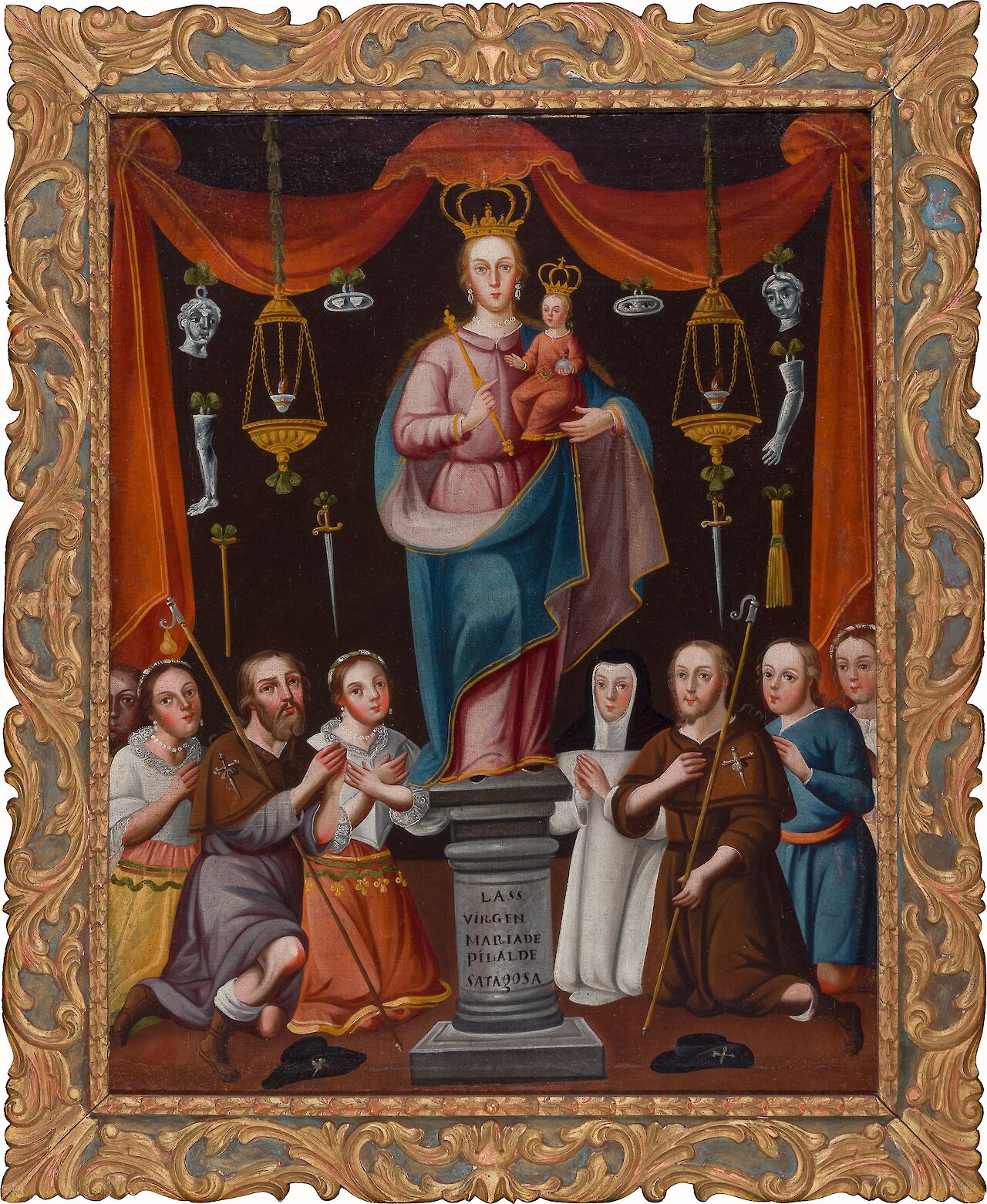
Our Lady of the Pillar
by Anonymous / Unknown
- Medium
- Oil on canvas
- Dimensions
- Unframed: 42 x 31 3/4 in (106.7 x 80.6 cm); framed: 51 x 41 1/2 in (129.5 x 105.4 cm)
- Credits
- San Antonio Museum of Art, Purchased with funds provided by the Ford Motor Company, 2000.19. Image courtesy of the San Antonio Museum of Art; photo by Ansen Seale
- Location
- San Antonio Museum of Art
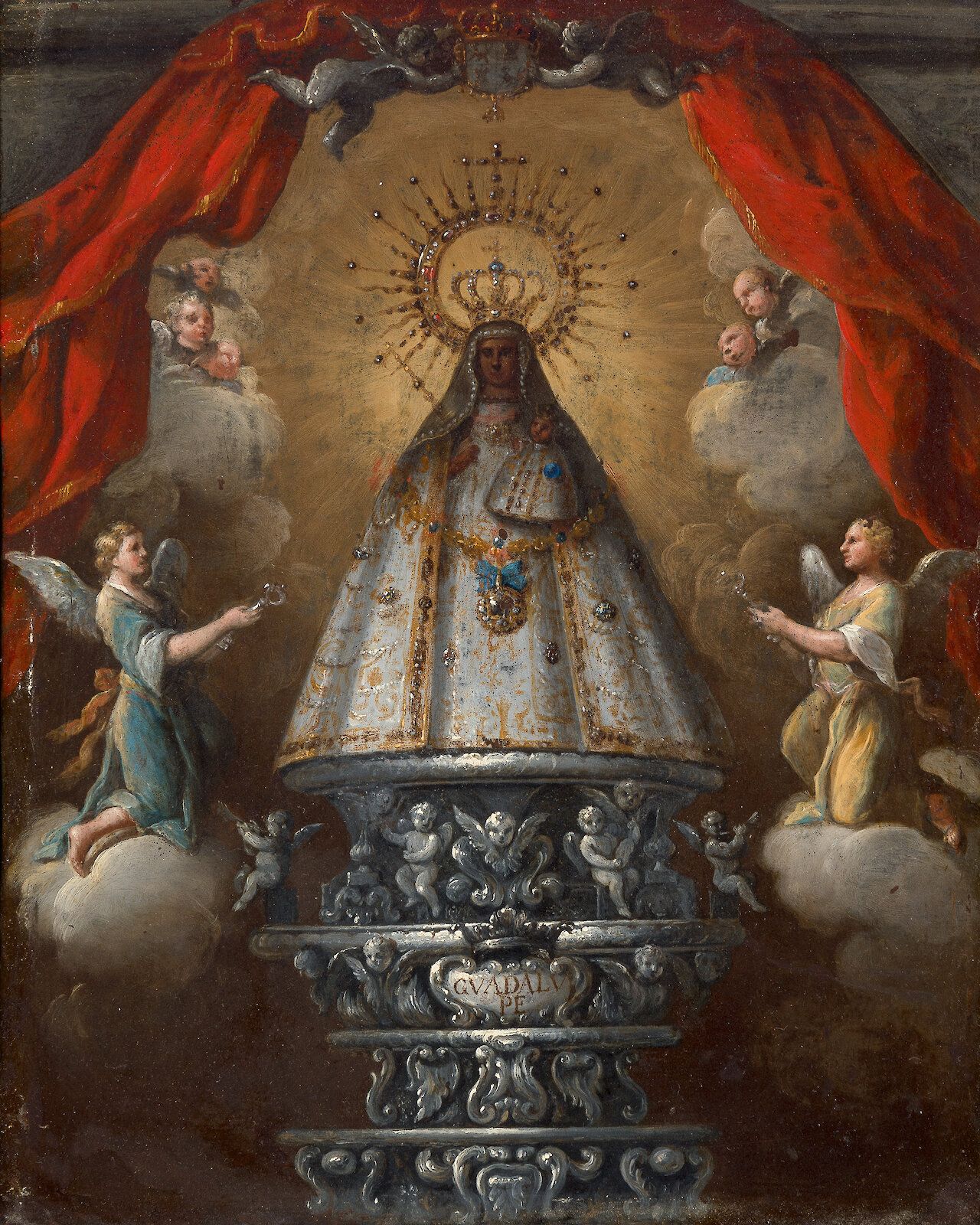
Our Lady of Guadalupe
by Anonymous / Unknown
- Medium
- Oil on copper
- Dimensions
- Unframed: 14 x 11 in (35.6 x 27.9 cm); with frame: 23 1/2 × 20 1/2 × 3 1/2 in (59.7 × 52.1 × 8.9 cm)
- Credits
- San Antonio Museum of Art, Purchased with funds provided by Ford Motor Co., 2000.40. Image courtesy of the San Antonio Museum of Art; photo by Ansen Seale
- Location
- San Antonio Museum of Art
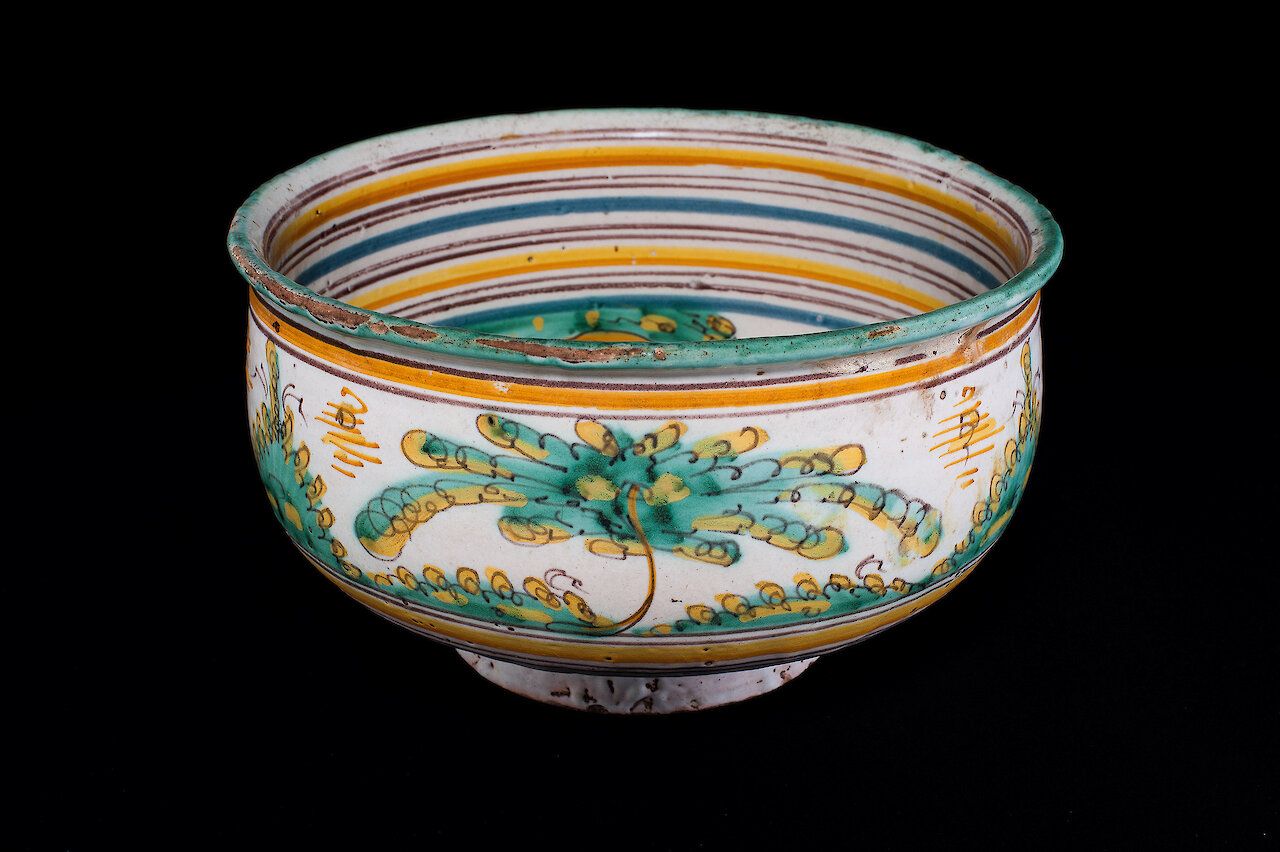
Bowl
by Anonymous / Unknown
- Medium
- Earthenware with tin glaze; copper, cobalt, and iron in-glaze decoration
- Dimensions
- Height: 5 1/2 in (14 cm); diameter: 9 1/2 in (24.1 cm)
- Credits
- San Antonio Museum of Art, Gift of Dr. Ric Bradford, Houston, Texas, 2012.34. Image courtesy of the San Antonio Museum of Art; photo by Peggy Tenison
- Location
- San Antonio Museum of Art
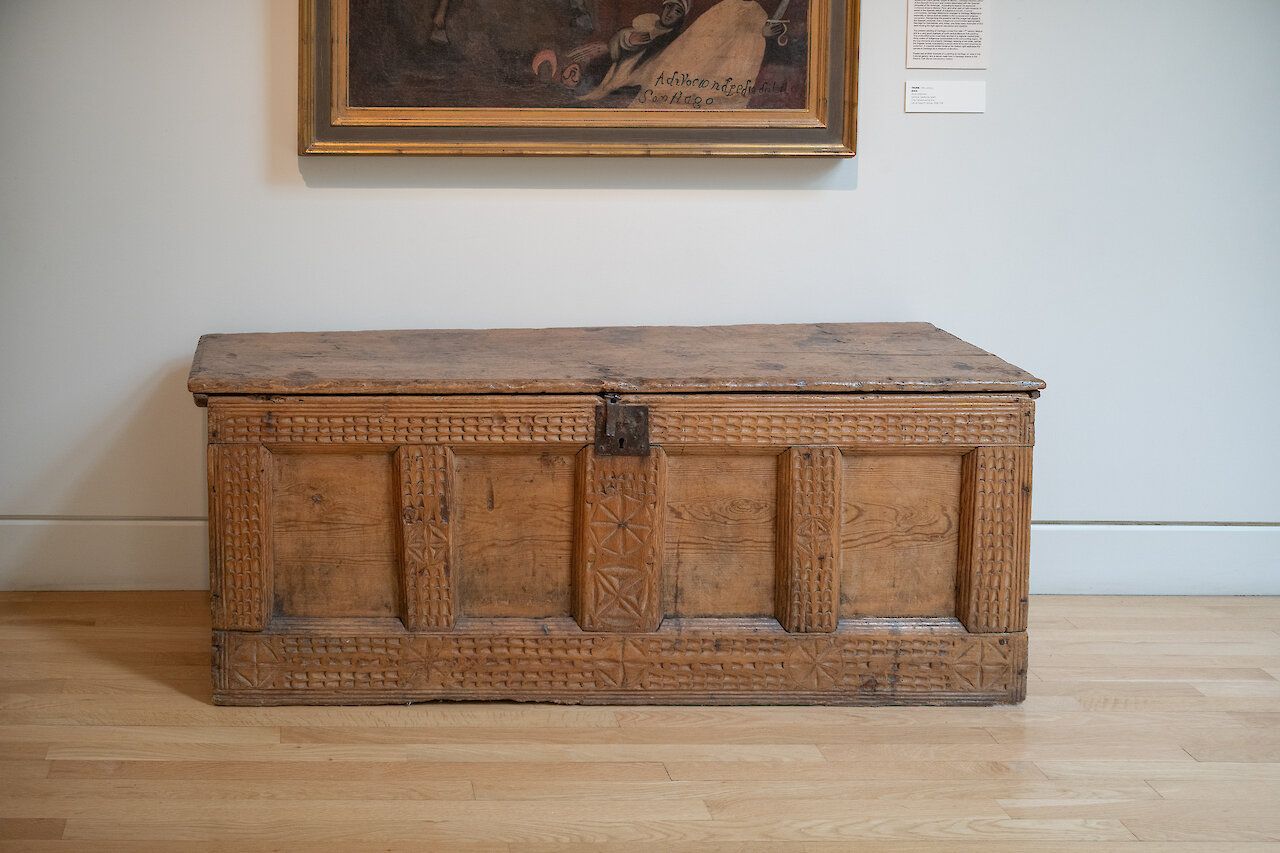
Trunk
by Anonymous / Unknown
- Medium
- Chip carved wood and iron
- Dimensions
- Height: 24 1/2 in (62.2 cm); width: 64 in (162.6 cm); depth: 19 in (48.3 cm)
- Credits
- San Antonio Museum of Art, Gift of Peter P. Cecere, 2006.1.98. Image courtesy of the San Antonio Museum of Art; photo by Alayna Barrett Fox
- Location
- San Antonio Museum of Art
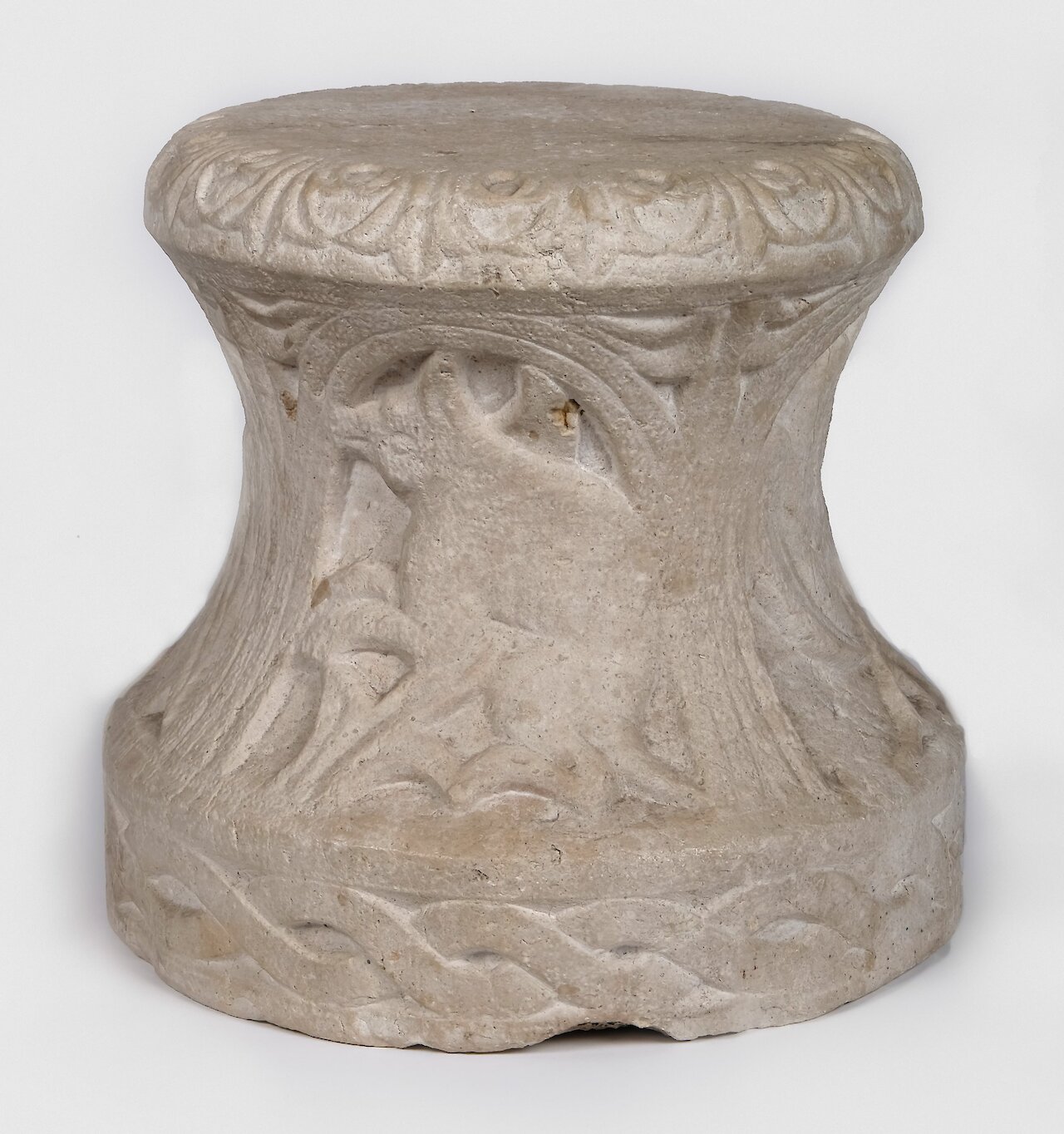
Base for Baptismal Font
by Anonymous / Unknown, circa 600–900
- Medium
- Limestone
- Dimensions
- 32.1 x 33 cm (12 5/8 x 13 in.)
- Credits
- Eli and Edythe Broad Art Museum, Michigan State University, purchase funded by Ransom Fidelity Company
- Notes
7th–9th century
- Location
- MSU Broad Art Museum
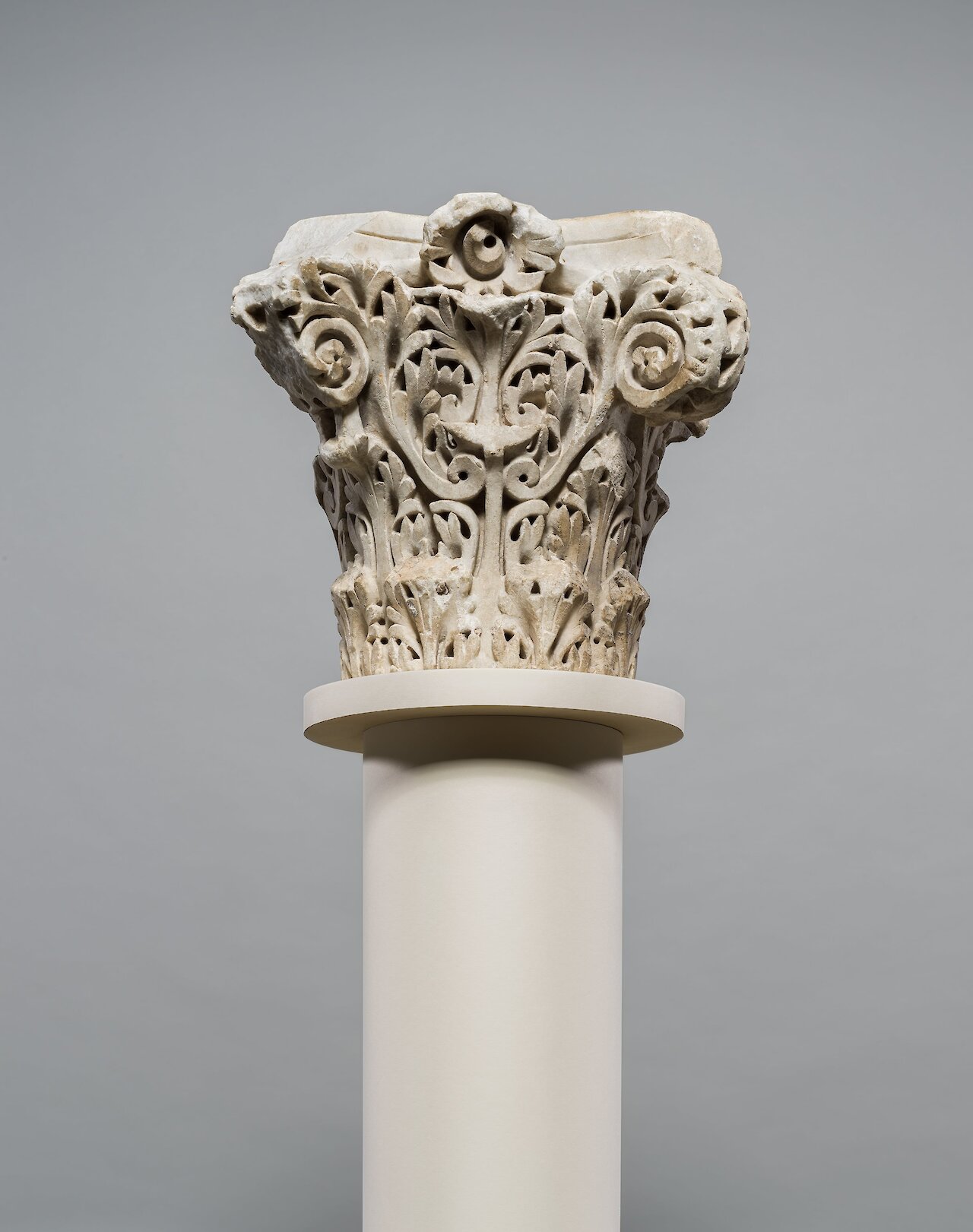
Column Capital with Acanthus Leaves
by Anonymous / Unknown, circa 900–1000
- Medium
- Marble
- Dimensions
- 9 5/16 x 9 15/16 x 8 13/16 in. (23.7 x 25.2 x 22.4 cm)
- Credits
- Cincinnati Art Museum. Given in memory of Louise O. and Arthur L. Zimmerman by their children.
- Location
- Cincinnati Art Museum